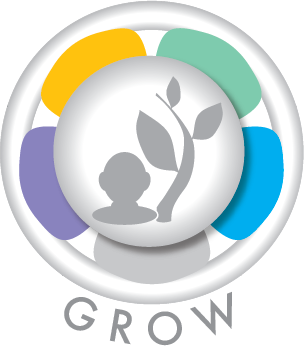Team dynamics can make or break how well work moves forward, staff engagement, and organizational impact. Here are some things to consider as you are managing team dynamics.
- Welcome and value diverse styles and perspectives: Different work styles, communications styles, and varied lived experiences can sometimes make teamwork more challenging at first. Ultimately, having a variety of perspectives and approaches leads to an effective and resilient team. Diversity, equity, and inclusion training, and ongoing intentional discussions, can also help with power and privilege dynamics that can undermine team effectiveness.
- Make space for relationship-building: Allow work time for your team members to get to know each other beyond strictly work-related topics. Some teams celebrate birthdays or work anniversaries, do fun check-ins at staff meetings, have occasional social events, or do team building outings. Be thoughtful in planning activities that are inclusive and comfortable for all. The space created will look different for every team – work with your team to shape spaces that fit your work styles, workplace culture, and team needs.
- Encourage direct, open communication and resolution of concerns: If you sense tension between team members or an “elephant in the room,” do not avoid conversations to address concerns before they grow into larger issues.

Grow...
To build a team that can appreciate and understand the value each team member’s style brings, consider doing a work styles assessment or discussing the stages of team formation. There are many free work style assessments available on the internet for you to choose from, and make sure to provide ample time for the team to talk about what they learned and how it applies.
Every nonprofit has a unique workplace culture, and that culture really matters in a team’s overall ability to accomplish their best work. In Chapter 1: Align, we worked to better understand workplace culture including the visible and invisible parts of culture. Workplace culture generally shows up through organizational artifacts (like tools, documents, and procedures), behaviors (what we can observe), and underlying values.